It Is Time to Bridge the Gap Between Pittsburgh’s Black and Jewish Communities.

Members of the Pittsburgh community demonstrate for the Black Lives Matter movement.
For myself and the vast majority of both Jewish and non-Jewish students at Allderdice, October 27 will never again be a normal day. On October 27, 2018, Pittsburgh’s Tree of Life (TOL) synagogue witnessed a tragedy that exceeded words, a hate crime shooting that took eleven lives from Pittsburgh’s Jewish community. And now, every October 27, Pittsburgh mourns the loss of those lives.
The outpouring of support that I received in response to the event was nothing short of a salvation. I was a Jewish student, yes, but Tree of Life was not my synagogue. My family and I are Jewish in culture, but not so much in practice. We do not have as strong a tie to the Jewish community in Pittsburgh as many do, and Judaism has never been at the forefront of what I consider my identity to be. Yet even I was thrown into a spiral of confusion, terror, and grief by the shooting, and I had to rely on the strong foundations of support and community that sprung up everywhere I turned.
At school, I was essentially given the week off in most of my classes—no homework, free days, and the headspace to cope with the trauma that I, along every Jewish student, was processing. Counselors and teachers were available to offer students therapy and counseling. I attended memorials and was given the room to feel and to mourn for the lives lost and the sense of attack on my community at large. I was able to watch the world respond. The Pittsburgh Post-Gazette was awarded the Pulitzer Prize for its “impressive, compassionate coverage” of the event. The “Stronger Than Hate” motto was displayed in every store window I walked past and pasted on the classroom wall above almost every school desk I sat down in.
I am now going to ask a difficult thing from my readers. If you are a Jewish, White reader, I would like you to imagine, even just for a moment, that you were given none of this same compassion. You walk into school, and the day keeps moving as though nothing ever happened. The news and media does not address the issue, and the world moves on quickly. It forgets. You are given no room to express your pain—in fact, the pain that you are feeling is invalidated. It is a controversial act to express the rightful rage and heartbreak that this loss evokes for you.
Now realize that this is the response the Black community is met with after almost every crime committed against a Black person.
It is undoubtedly true that the Jewish people, no matter what race they are, have dealt with significant hate, bias, and wrongdoing. As a Jew, I know that Jewish lives must always be cared for, protected, and validated. But as a White Jew, I also have the privilege of knowing that the media, society, law enforcement, and community I live in will actively respond to my struggles and that my life will be safer because of it. It is indisputably true that the many of the same facets of the media, society, law enforcement, and community will not respond to Black struggles in the same way.
“The week that [the Tree of Life shooting] happened, there were students of color that were coming to me that weren’t even in the Black Student Union [BSU] that were like, ‘What is going on here, because this reaction is something that we never see,’” said Ms. Michelle Halloran, Allderdice social studies teacher and BSU facilitator. “[At Allderdice] we have a very unique population where we have a lot of students of color and a lot of Jewish students. It’s always been my big wish to bring everybody together … but I think we have to realize that there are some big differences in how those groups are treated at Allderdice.”
Jayden Gibson, a senior and councilmember of the Allderdice BSU, drew connections between how the school responded to the TOL shooting compared to the loss of Jonathan “Jon Jon” Freeman, a sixteen-year old Black student who was shot and killed in 2019. “The way the school handled that was really poor,” she said. “You have students literally crying and mourning in class, and they’re just like, ‘well, we have a counselor downstairs for you.’”
Though the school had held a memorial in the gym, the amount of awareness and discussion around this loss—and the loss of many other Allderdice-affiliated members of the Black community—has been limited. “I feel like there could have been more community awareness of what had happened, and I wish that there was more support for the students during that time,” said Gibson.
“I had a friend in my homeroom, and Jon Jon was like a brother to him. I noticed his grades were getting low, and he wouldn’t talk to anybody about it,” said BSU member Kamii Cobbs. “I feel like he didn’t get the support that he should have gotten, especially at school.”
“After the little wake we had for him at school, no one really talked about it after that,” she said. “Everyone else was still mourning, but everybody just kind of went past it like nothing happened. I just wish the school could have done more, or I could have done more, or somebody could have done more.”
Dakota Castro-Jarrett, an Allderdice senior and member of the BSU council, referenced the “importance of providing a consistent service of mental health” as a first step to bringing more attention and service to issues against the Black community. “A lot of the shootings in Pittsburgh do happen in predominantly Black, working class communities, and a lot of those kids do go to Allderdice, and we need to be able to provide that support,” he said.
Both inside the classroom and beyond it, there are clear disparities between responses to hate against the Jewish community and hate against the Black community—in the media, the law enforcement, and society as a whole. Just look at the way each community’s language has been received.
“After the Tree of Life shooting, we had ‘Stronger Than Hate,’ stickers, posters, t-shirts—everything. And we kind of celebrated having the community come together” said Gibson.
She explained the positive impact it could have on Black students to see the phrase “Black Lives Matter” displayed in their classrooms and communities with the same regularity as “Stronger Than Hate”; however, unlike “Stronger Than Hate,” the phrase “Black Lives Matter” has created contention.
At the very heart of each, the same is being said. “Stronger Than Hate” says that Jewish lives are valuable, must be protected, listened to, and loved. “Black Lives Matter” says nothing any more radical: Black lives matter, must be protected, listened to, and loved. But the Black Lives Matter campaign was politicized, met with backlash, and interpreted to be a threat to White people, especially those who are pro-cop or more conservative in belief. It should never have become a controversial statement to state that a life matters. It should never have become a controversial act to display a “Black Lives Matter” sign in a classroom.
One of the best places to start in fixing such societal discrepancies is to begin bridging the gap between the Jewish and Black communities, both in Pittsburgh and across the country, says Jonathan Mayo, a volunteer leader with Bend the Arc Pittsburgh. Bend the Arc is a progressive, Jewish, social-justice oriented organization with chapters across the country. One of the organization’s biggest priorities is to bridge the social gap between various communities. Bend the Arc has worked with other organizations such as Casa San Jose on immigration issues and 1Hood Media on problems impacting Black and Brown communities. Connecting these communities, especially the Black and Jewish communities, heightened to even more of a priority after the Tree of Life shooting.
“While understanding that it [the TOL shooting] was a horrific antisemetic attack, it went beyond the Jewish community,” said Mayo.
“I do truly believe there are so many more things that we share than divide us,” he explained. “Unfortunately, what I think happens is that people who want to sow the seeds of hate have been successful in creating these wedges, especially between the Black and Jewish community.
“The biggest disparity has been in terms of law enforcement. But even if you look at the reaction to how our community was embraced by everyone after the shooting. We at Bend the Arc planned the march, and we had 5,000 people come … from all walks of life. When the Black community was taking to the streets … it still was not equal in terms of the reaction, and in terms of the law enforcement.”
He cited differences between not only how law enforcement responded to each of these protests, but also his own experience with law enforcement as a White protester. “At some point, we were sitting in the street and one of the police officers came up and asked us if we wanted handwarmers. Contrast that to what happened when people were protesting things in and around Antwon Rose or even over the summer, to me that is where the most visible and tangible show of the disparity between how law enforcement treats the different communities.”
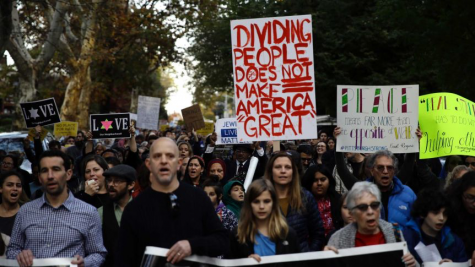
Gibson too pointed out a harsh gap between the treatment of each group by the media. “The media, no matter what, tries to find a way to demonize the Black community as a whole … after Tree of Life happened I saw a lot of representation of the community coming together, but when it comes down to the Black Lives Matter protests, there was no representation of the peaceful protests, no representation of the sense of community coming together.”
Ms. Erin Johnson, a learning environment specialist at Pittsburgh Classical Academy, pointed to how the murder of Black and Brown people has become almost normalized to society, whereas the murder of Jews has not been, leading to a incongruity in response to these crimes. “It’s normalized [in society] for Black people to get killed because it happens so often. You need to think about how to get people to realize that this is not a normal situation,” she said. “It’s a traumatic event no matter how many times it happens.”
It is hard to encapsulate the pain of Black students and the Black community at large in writing, but we all must continue to educate ourselves. It’s difficult to describe the importance of uniting these communities, the intense need to understand each other’s pain, to lean on each other for support, but we must learn to work with each other, not against. Around our school—and our community at large—it is time to break the stigma around the Black Lives Matter movement. It is time to realize that both Black and Jewish lives must be fought for, and it is time to guide these communities to unite against breaking such systemic issues.





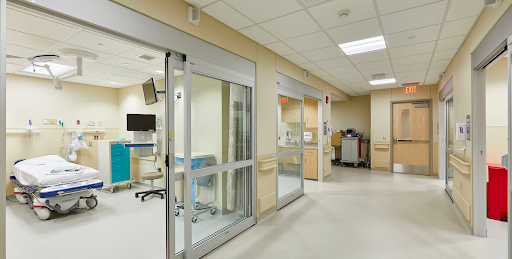






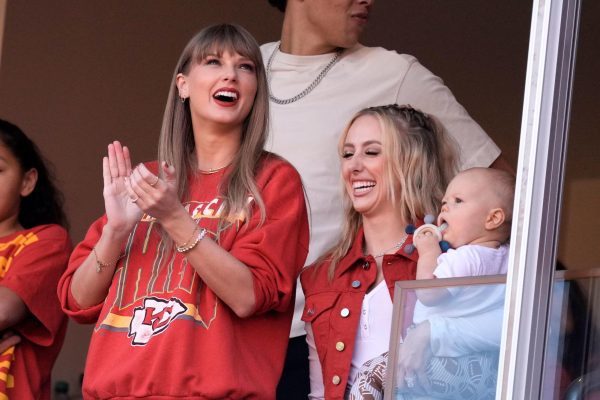
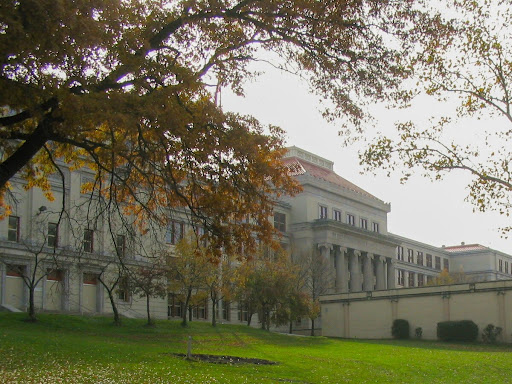
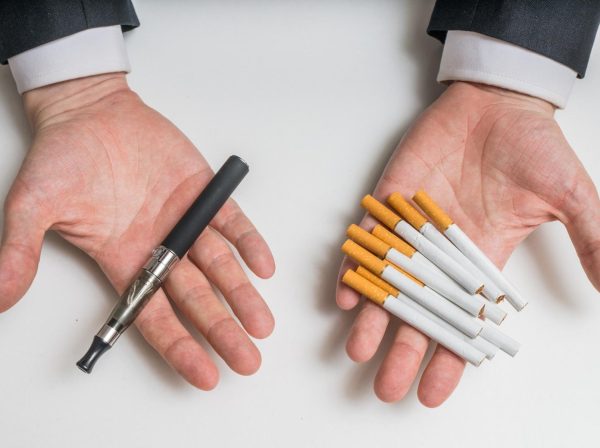
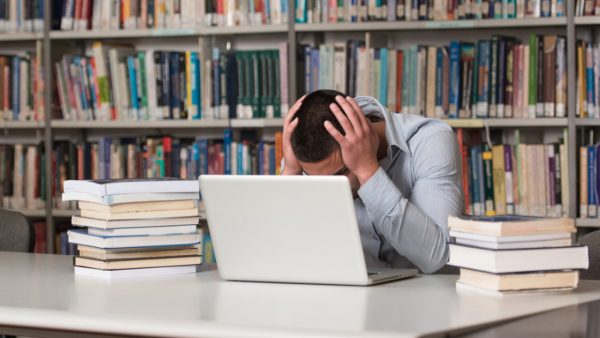
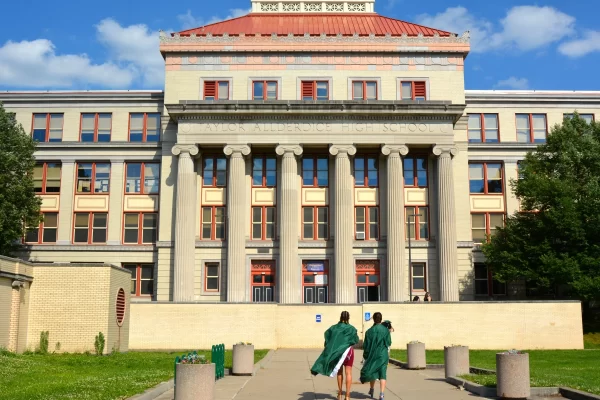

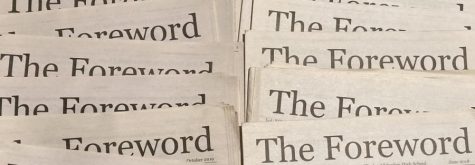
Susan Hartman • Nov 19, 2020 at 2:23 pm
Eloquent, timely, beautifully written and insightful. Thank you, Chloe
Susan Hartman
(Abigail Segel’s grandmother)